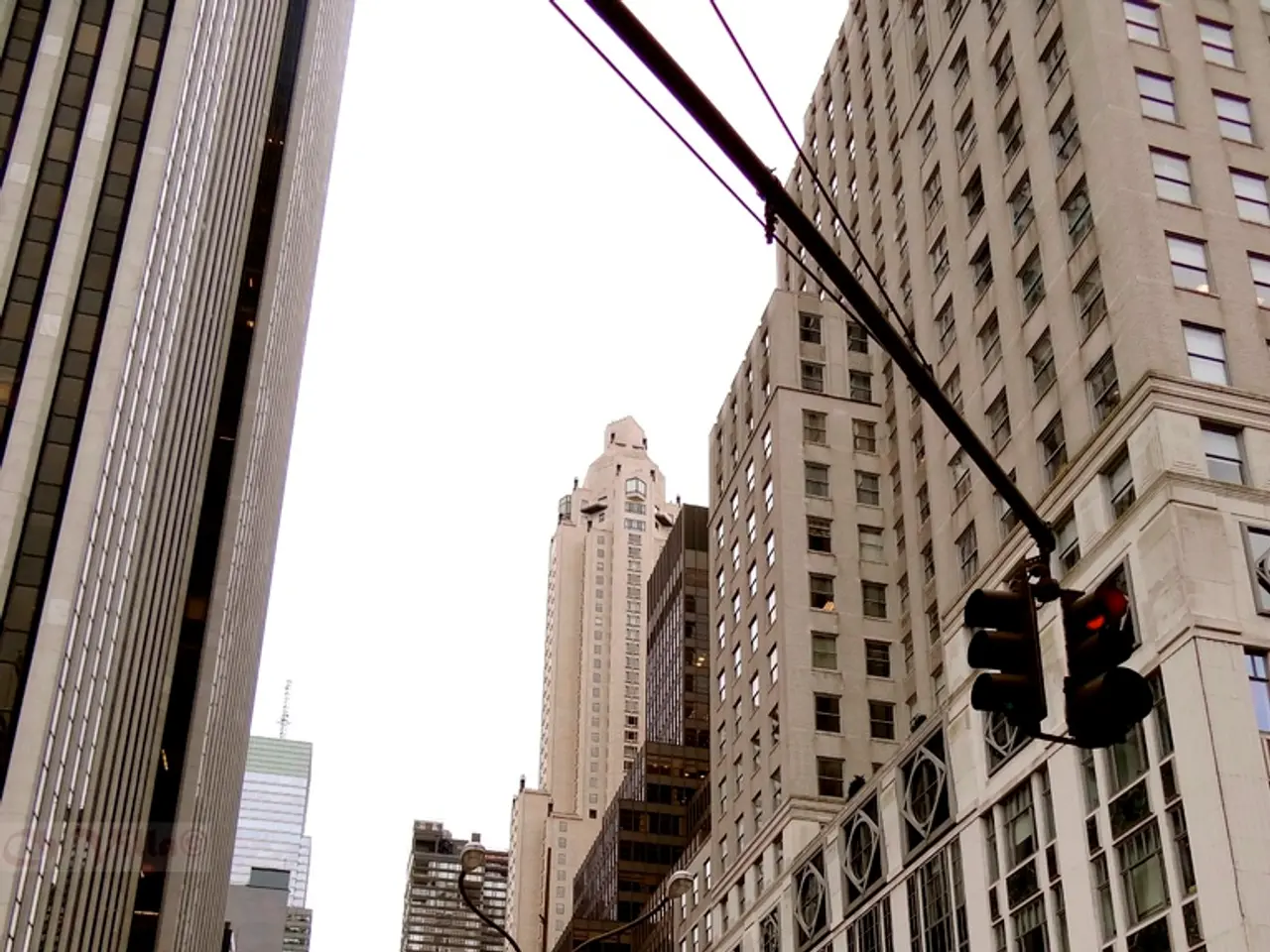Intense heatwave sparks wildfire and air pollution concerns across France
In the midst of a persistent heatwave, France is grappling with degraded air quality conditions, particularly in Marseille, Paris, and southern regions. The extreme heat, combined with drought, wildfires, and high temperatures, has led to an ozone pollution emergency in several areas.
The city of Marseille and southern France are under intense heatwave warnings, with temperatures frequently reaching or exceeding 40°C, and some areas hitting up to 42°C. The Aix-Marseille-Provence region, in particular, is facing an ozone pollution emergency, prompting traffic restrictions to reduce emissions.
Paris, too, is experiencing poor air quality, according to the weather monitoring agency Airparif, which also flagged degraded conditions in major cities. The city's air quality has been linked to elevated ozone levels during this event.
Southern France overall faces multiple health risks tied to air pollution and heat stress. The heatwave contributes to higher ozone concentrations and particulate matter (PM2.5), especially where wildfires have been active. These conditions increase respiratory and cardiovascular risks, particularly for vulnerable groups such as older adults, children, and those with preexisting heart or lung diseases.
Authorities have issued warnings for residents to avoid outdoor activities during peak pollution times and to limit unnecessary driving. The heatwave also exacerbates wildfire conditions, further worsening air quality and posing additional health hazards.
In Provence-Alpes-Côte d'Azur, an ozone pollution emergency has been declared across several departments, introducing restricted traffic measures in parts of the Aix-Marseille-Provence area to cut emissions. The prefecture in Provence-Alpes-Côte d'Azur has implemented these measures to reduce emissions.
Meanwhile, social media posts show shuttered streets, foil-covered windows, and tourists seeking shelter from the heat in Toulouse and Valence. Café terraces in the south were empty as people moved indoors to escape the heat.
The heatwave began on Friday and is forecast to last all week, extending into the 15 August holiday weekend. Forecasters predict that the heatwave will push north, with temperatures expected to reach 38°C in the Centre-Val de Loire region and up to 34°C in Paris.
This is France's second heatwave this summer, and wildfires are raging across southern Europe amid record temperatures. A wildfire in Aude, France, has burned through 160 square kilometres and is currently contained but could smoulder for weeks.
Meteo-France, the country's national weather service, issued the red alert only eight times since its creation in 2004. Health officials have advised residents to avoid outdoor activity during peak pollution and to limit unnecessary driving.
As the heatwave continues, authorities urge residents to take precautions to protect their health and safety, particularly during peak pollution times and in areas where wildfires are active.
- Scientific studies have linked persistent heatwaves, like the one currently affecting France, to increased concentrations of ozone and particulate matter, particularly in the Aix-Marseille-Provence region, which is a significant concern for health-and-wellness due to the associated respiratory and cardiovascular risks.
- The extreme heatwave and subsequent ozone pollution emergency in southern France have prompted discussions in the realm of environmental-science, as the combined effects of heat, drought, wildfires, and high temperatures are suspected to contribute to climate-change.
- Weather forecasting services in France have been critical in identifying and communicating the risks associated with the current heatwave, and their predicted northward movement could result in similar conditions and challenges for weather-forecasting and weather-related health-and-wellness concerns in other regions.




